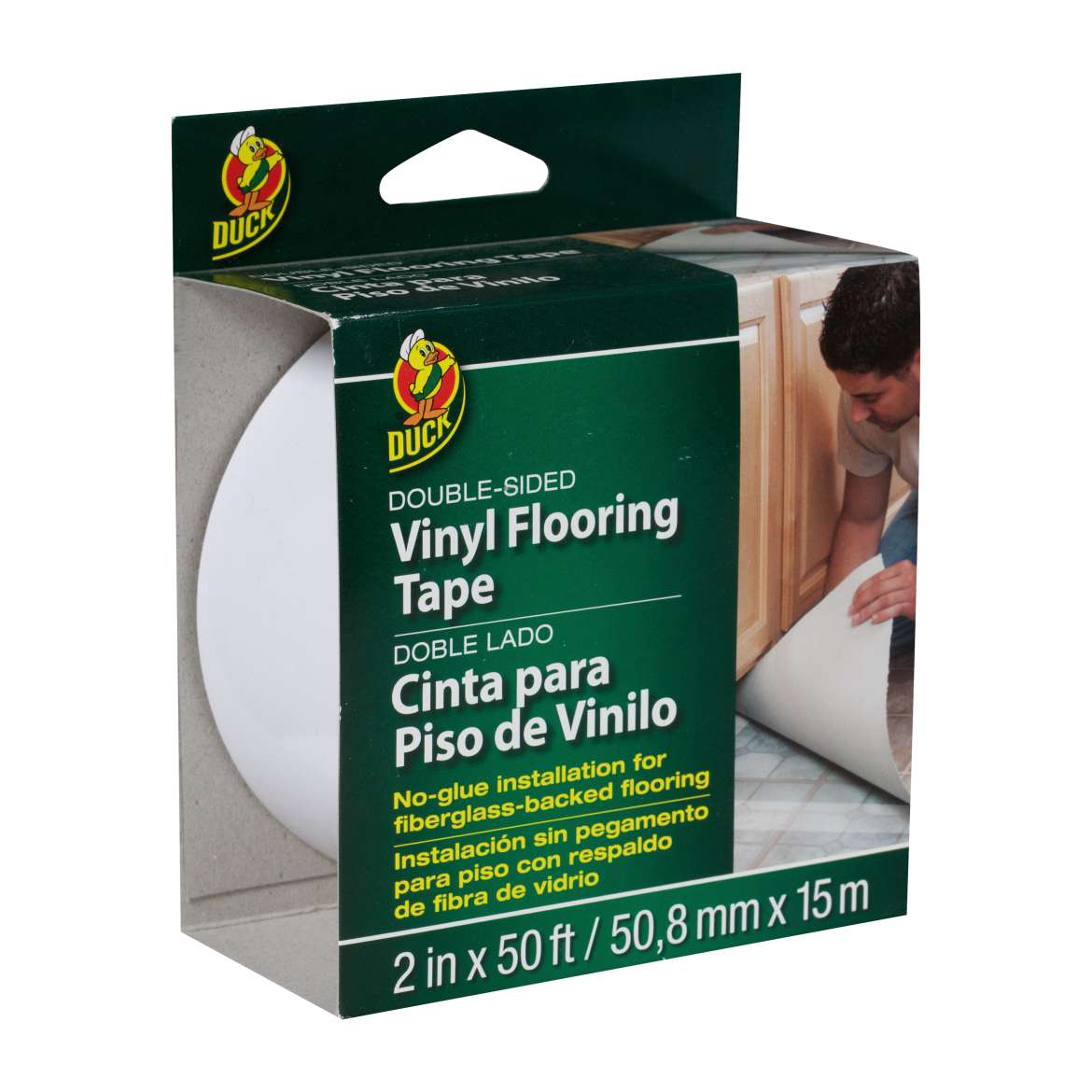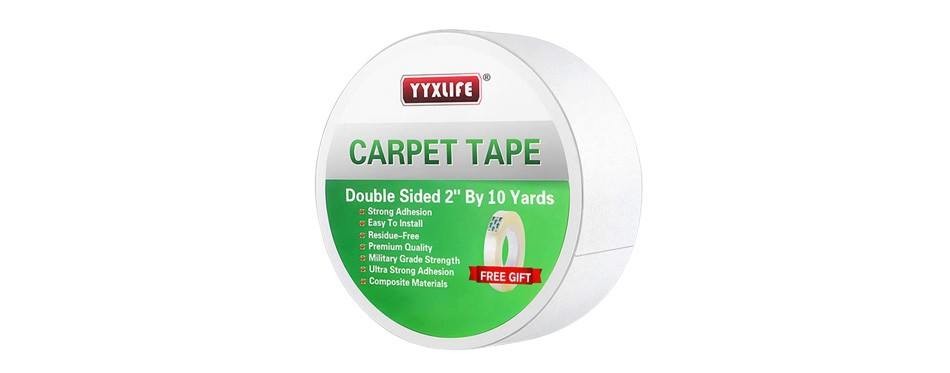

Public Transportation Facilities: Create visual cues for check-in processes, one-way traveled lanes, waiting areas, and important travel instructions.Hallways: Provide clear directional cues in hallways and throughout the building with guiding lines, dashes, or arrows.Offices: Designate work areas, use for staging purposes when re-arranging, or create organized storage areas.Municipal Buildings: Carpet tape is helpful for directing foot traffic, indicating queuing requirements, and providing instructions in waiting areas.Pre-cut options include arrows, footprints, and corner markers.100-foot rolls are available in 2- or 4-inch widths.Hook & Loop backing sticks securely, removes easily, and is re-usable.32 mils thick with beveled edges for durability.Rugged PVC (vinyl) surface is easy-to-clean and resists dirt.Our Superior Mark® Carpet Tape is constructed to last: With options for custom-printed messages or graphics, this is the best floor marking tape for carpeted floors. Nylon is the strongest carpet material, performs better than others in high traffic areas, and is resistant to mold and mildew.Floor marking tape improves safety and visual communication in warehouses and industrial facilities but what floor tape works on carpet? Superior Mark® Carpet Tape is the best option for areas where adhesive tape can’t be used-it applies easily, is durable, can withstand daily foot traffic, doesn’t peel or flake away, and removes without leaving damage behind. To prevent excess fraying and other types of wear, choose a carpet that is durable and more resistant to wear. What kind of carpet is less likely to wear? Then use carpet glue to place the carpet scrap over the tear. If not, try to find either a scrap from when you installed your carpet, or find a similar carpet sample to match.

To repair the damage, you can use carpet tape to put the carpet back together, if the tear is linear. To conceal it, you can cover the area with a nice area rug or cover it with a piece of furniture depending on the location of the tear. You will just need a steam iron (or a regular iron in a pinch) and some iron-on tape. The heat-activated glue adheres to the tape strongly between the two pieces and makes it look natural. The iron-on tape we mentioned earlier is great for putting two carpets together seamlessly. Related Questions How do I join two carpets together? Along with extra supplies, your total cost would be about $50.

But if you opt to do the binding yourself, you can get a caret binding kit for about $20. Therefore a 5×7 rug might cost between $27 and $96, while a 10×10 room could cost between $40 and $160.

Carpet to carpet tape professional#
Professional carpet binding can cost about $1 to $4 per linear foot. Alternatively, there are professionals who do carpet binding, but this will be a lot more expensive than doing it yourself. If applied correctly, this tape should last for at least several years. Take your time here, to make sure you cover the entire area and it’s stuck together nicely.Īnd that’s it. The amount of glue used should be enough to stick, but not so much that the glue sticks out. It’s important to only do small sections since hot glue dries quickly. Run a thin line of glue along the edge of the carpet in a small section and press the binding against it until it dries. Get your glue gun and dab a little between the two ends and hold it for a few seconds until they are dry. When you reach the point where you started, cut the end of the binding tape to fit flush against the starting spot.


 0 kommentar(er)
0 kommentar(er)
